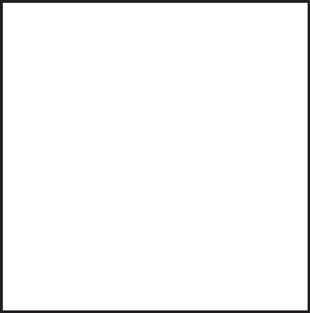A Serious Consideration of a Comic Definition
Comics has always had a problem with language. Just take the grammar of the name. Is it singular or plural? I would think that if we use comics as a collective noun then it would have to be singular the same way “economics,” “linguistics,” or “rabies” are. But I’ve seen people insist on using a plural verb even when they use “comics” to mean the art form as a whole and not just a pile of individual issues
Then there’s the old albatros of the title’s connotation. Yes, comics originally derived from humorous strips, but it’s unfortunate that the name stuck, especially for those of us who love to see the medium explore new and different realms.
Then, of course, there’s the question of a definition. What do we mean when we call something comics? This is an old debate, but I was thinking about it again because I just read Thierry Groensteen’s essay “Definitions” in The French Comics Theory Reader. Groensteen presents an expansive overview of the historical struggle to name and define this medium that we all love. Appropriately enough, Groensteen himself symbolizes the problem and changing ideas about how to define comics. In his 1986 essay “The Elusive Specificity,” he states that he knows of “no example of a comic that does not produce something that can be classed as a story” (63). In other words, for something to be classified as “comics” it has to be narrative. Yet in 2012’s “Definitions,” he amends his previous statement and says that a comic does not require a narrative (109). So what changed his mind? Specific works. Artists who explored the form and function of the medium. A thing must exist to be named and in the case of any art, the artists then push the edges that conscribe the art, challenging what the rest of us thought to be true. You can’t keep defining a shape as a square if someone changed the angles or added an extra side.
For me, as a person who creates comics, the element that sets comics apart (and here I agree with Scott McCloud) is juxtaposition. Yes, when I create a comic I think about drawing. I think about composition. I think about dialogue. I think about diction. But fundamentally what I do, which I don’t do when I write an essay or draw a single image, is consider how to convey a concept through a juxtaposition of static elements. To me, that is the heart of the medium. Drawing and writing just help me express that heart.
I want to emphasize that I am using the term “elements” intentionally, versus McCloud’s use of the term “images” (8). Yes, comics is largely visual, but I want to be more inclusive. I want a definition that can encompass text and format (inspired by David Gedin), as well as image.
I think the other thing that we should also keep in mind is how comics is evaluated aesthetically. We can borrow from literature and look at story, character, and the rest. So literary aesthetics apply (at least with narrative comics). But visual aesthetics is always a part. We judge how well an artist draws, or how a page is laid out, or the placement of a word balloon. So fine art theory often applies. Likewise, elements of film theory crossover. But so do the concepts of graphic design. In fact, I think comics is more akin to graphic design than it is to literature, fine art, or film.
So:
Comics is a medium that derives its meaning from a comparison of elements in static sequence, and is evaluated by literary and visual aesthetics.
In the end though, whatever language we use to pin down the art form, an artist will wriggle out our pin and toss it in our smug faces. As it should be. An art form belongs to the artists, not the critics.
So get to work.
Some works mentioned
Gedin, David. “Format Codings in Comics–The Elusive Art of Punctuation.” Inks: The Journal of the Comics Studies Society, Volume 3, Issue 3. Ohio State University Press, Fall 2019. 298-314. https://doi.org/10.1353/ink.2019.0024
Groensteen, Thierry. “Definitions.” The French Comics Theory Reader. Edited by Ann Miller and Bart Beaty. Leuven University Press, 2014. 93-114.
—. “The Elusive Specificity.”The French Comics Theory Reader. Edited by Ann Miller and Bart Beaty. Leuven University Press, 2014. 63-73.
McCloud, Scott. Understanding Comics. Kitchen Sink Press, 1993.


